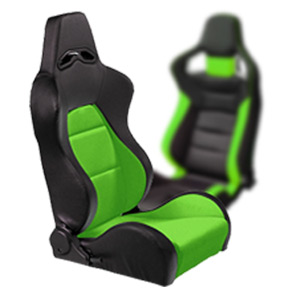Understanding the Mechanics of Gear Shift Linkage and Its Impact on Vehicle Performance
Understanding Gear Shift Linkage A Critical Component in Automotive Engineering
The gear shift linkage is an essential component in automotive engineering that connects the gear lever to the transmission, enabling drivers to change gears effectively. This mechanical link plays a crucial role in the performance, functionality, and driving comfort of a vehicle, making it an area of significant interest for both automotive engineers and car enthusiasts.
At its core, the gear shift linkage consists of rods, levers, and sometimes cables, depending on the type of transmission system employed. In manual transmissions, the driver manually selects the gear using a gear lever located in the cabin. This lever is mechanically connected to the transmission via the gear shift linkage. When the driver moves the lever, it transmits motion through the linkage, which then engages the desired gear within the transmission.
In modern vehicles, two primary types of shift linkages are prevalent mechanical and electronic. Mechanical linkages employ physical rods and levers that directly connect the gear lever to the transmission. This system is straightforward, offering a tangible feel and immediate feedback to the driver during gear shifts. The mechanical nature allows for adjustments and repairs to be carried out relatively easily, making it a favorite among traditionalists.
On the other hand, electronic shift linkages use electronic signals to facilitate gear changes. These systems often come into play in modern automatic or semi-automatic transmissions, where the gear lever may not be physically connected to the transmission. Instead, when the driver moves the lever, sensors send an electronic signal to a control unit, which then activates the appropriate mechanical actions in the transmission. This type of linkage can enhance the precision and efficiency of gear changes, allowing for smoother transitions and even incorporating adaptive technology that adjusts to driving conditions.
gear shift linkage

Regardless of the type, gear shift linkages must be designed and maintained to withstand significant wear and tear. Over time, components can degrade, leading to issues such as improper gear selection or difficulty in shifting. Common problems can include misalignment, wear on the linkage components, or failure of electronic sensors. Regular maintenance and timely repairs are crucial to ensuring the longevity and reliability of the gear shift linkage.
Moreover, the design of gear shift linkages has evolved to include features aimed at enhancing driver comfort and performance. For instance, some advanced linkages incorporate a short-throw mechanism, which reduces the distance the gear lever needs to be moved to engage different gears. This design allows for quicker shifts, reducing the time a driver spends changing gears, which can be particularly beneficial in high-performance applications or competitive driving scenarios.
In the quest for improved automotive technology, innovations in gear shift linkage continue to emerge. Researchers are exploring ways to integrate artificial intelligence and machine learning into electronic linkages, enabling vehicles to adapt seamlessly to different driving styles. Furthermore, advancements in materials science have led to the development of stronger, lighter components that can withstand greater stress without sacrificing performance.
In conclusion, the gear shift linkage may seem like a small component in the grand scheme of automotive engineering, but its impact on vehicle performance and driver experience is profound. Understanding its mechanics, maintenance, and ongoing innovations provides valuable insights into the intricate world of automotive design and functionality. As vehicles continue to evolve, the role of gear shift linkages will undoubtedly adapt, contributing to the ongoing pursuit of enhanced performance, efficiency, and driving pleasure.
-
Upgrade Your Control with Premium Throttle CablesNewsAug.08,2025
-
Stay in Control with Premium Hand Brake CablesNewsAug.08,2025
-
Experience Unmatched Performance with Our Clutch HosesNewsAug.08,2025
-
Ensure Safety and Reliability with Premium Handbrake CablesNewsAug.08,2025
-
Enhance Your Vehicle with High-Performance Clutch LinesNewsAug.08,2025
-
Elevate Your Ride with Premium Gear CablesNewsAug.08,2025
